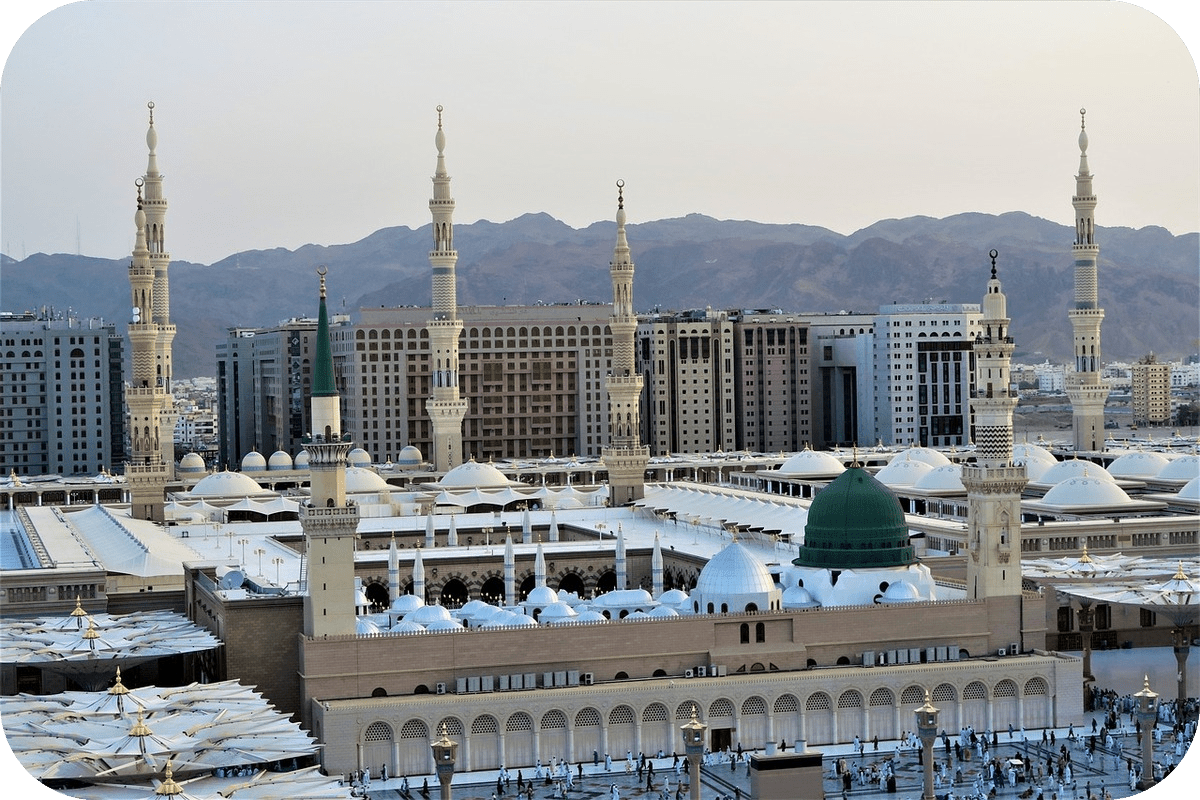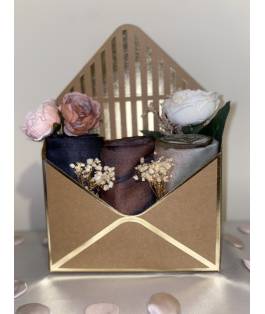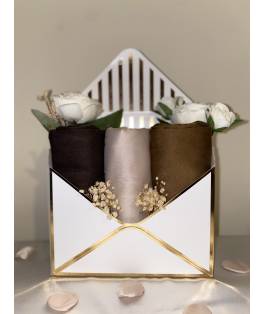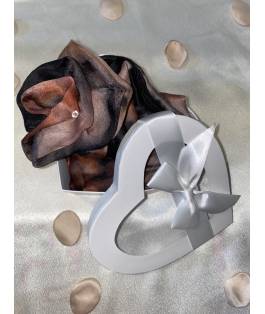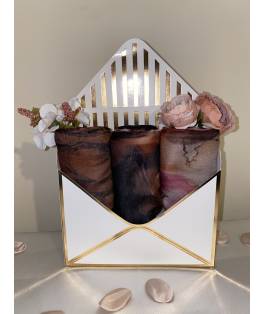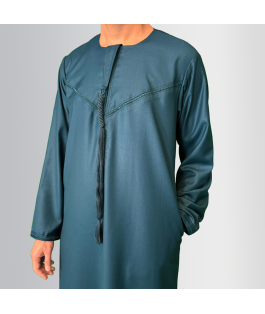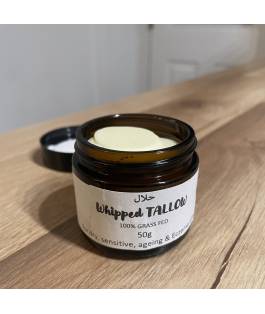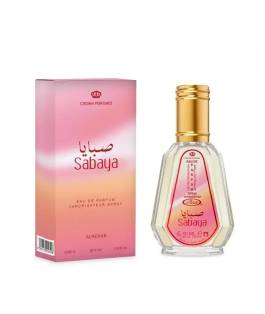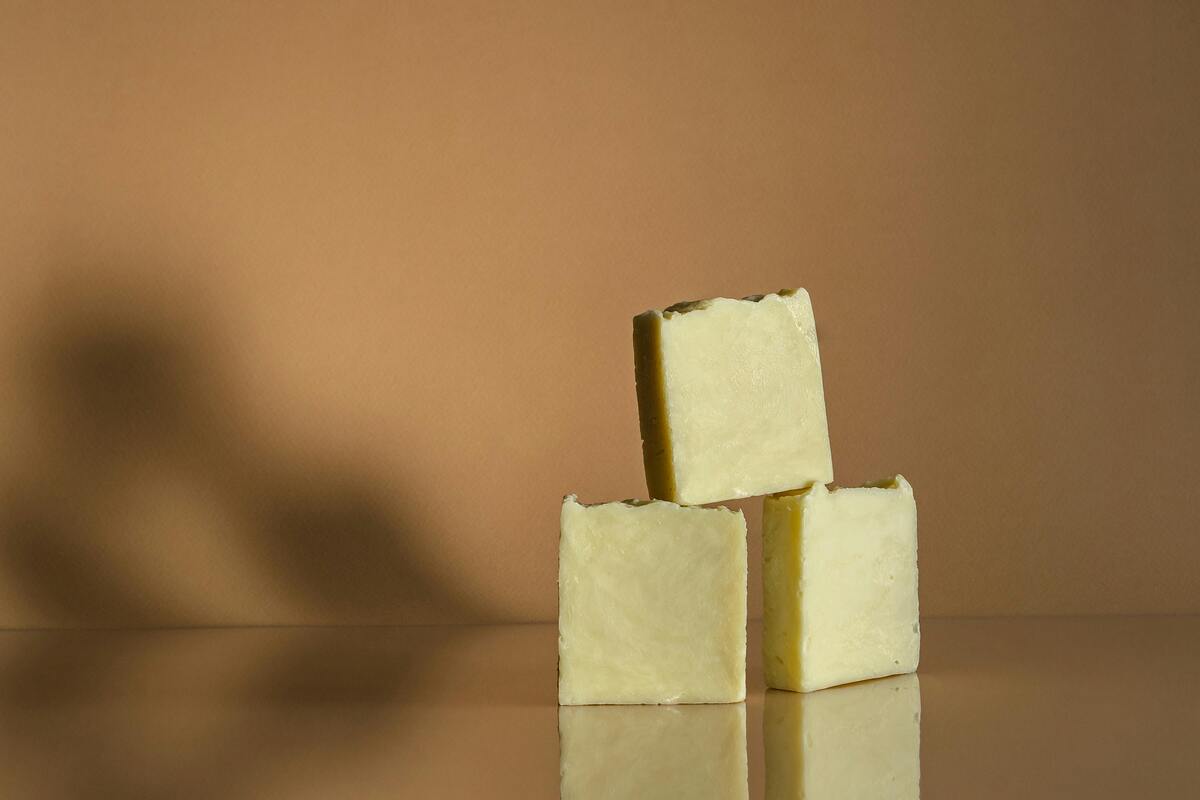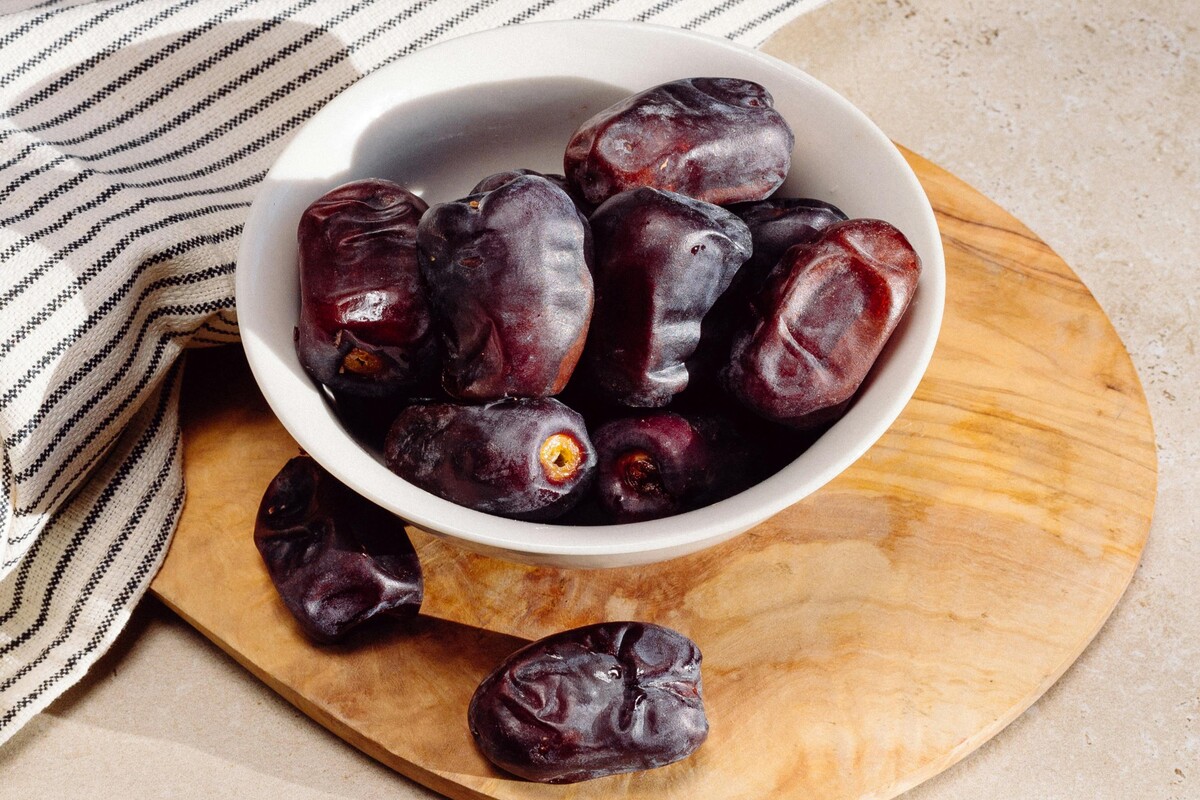Masjid Nabawi, or the Prophet’s (PBUH) Mosque, is one of the most sacred places in Islam. Built by the Prophet Muhammad (PBUH) in Medina, Saudi Arabia, it stands as a symbol of faith, unity, and Islamic history. It is a place where millions gather to pray, reflect, and connect with their faith.
Narrated by Abu Huraira that the Prophet (PBUH) said,
"A prayer in my mosque is a thousand times more excellent than a prayer in any other mosque, except Masjid al-Haram (Mosque of the Ka'ba)"
(Sahih Muslim 1394a)
Beyond its iconic green dome and serene courtyards, Masjid Nabawi holds stories and features that many may not know. Each corner of the mosque carries a piece of history, making it a site of spiritual and historical significance for Muslims around the world.
Here are seven intriguing facts about Masjid Nabawi that will deepen your appreciation for this iconic mosque.
1. Qaswa Decided the Place for the Mosque
One of the most captivating stories about the Prophet’s (PBUH) Mosque is how its location was chosen. When the Prophet Muhammad (PBUH) arrived in Medina during the Hijrah, his camel, Qaswa, was allowed to roam freely to determine where the mosque should be built. After wandering for a while, Qaswa knelt at a humble plot of land owned by two orphan boys. This act was seen as divine guidance, and the Prophet (PBUH) confirmed the spot as the location for Masjid Nabawi.
The land was purchased from the orphans, and the Prophet (PBUH) personally participated in laying the foundation of the mosque. This event signifies not only the importance of divine will but also the communal spirit and simplicity that marked the beginnings of Islam.
Planning to visit the mosque of our beloved Prophet (PBUH)? Visit Riwaya for all your travel essentials, from prayer mats to helpful dua books, to enhance your spiritual journey.
2. The Iconic Green Dome

The Green Dome, a defining feature of Masjid Nabawi, is rich in history and symbolism, though it wasn’t part of the mosque’s original design. The dome was added in 1481 during the reign of Sultan Qaitbay, originally built from wood. Over the centuries, its appearance changed, reflecting the artistic and cultural influences of the time.
Before it became the iconic green we know today, the dome was first painted white. Later, it took on a blue hue before being painted green during the Ottoman era, a colour that remains to this day. Each transformation added to its historical depth, making the Green Dome not only a symbol of spiritual significance but also a testament to the evolving legacy of Islamic architecture. Beneath this revered structure lies the sacred chamber where the Prophet Muhammad (PBUH) rests alongside Abu Bakr (RA) and Umar (RA), drawing millions of visitors who offer their salutations near this cherished site.
3. Second-Larget Mosque in the World
Masjid Nabawi holds the distinction of being the second-largest mosque in the world after Masjid Al-Haram in Makkah. It can accommodate more than 3.2 million worshippers during peak seasons, such as Ramadan and Hajj.
The mosque’s immense capacity is attributed to its multiple expansions over centuries, starting from the Prophet Muhammad’s (PBUH) time. Initially a modest structure built from palm trunks and mud, it has evolved into a magnificent architectural masterpiece. The mosque now boasts several state-of-the-art features, including retractable domes, advanced cooling systems, and vast open courtyards.
4. There’s an Empty Grave in the Prophet’s (PBUH) Room
Few people know that within the Prophet’s (PBUH) burial chamber lies an empty grave. This chamber, known as Al-Rawdah Al-Mutaharah, houses the graves of the Prophet Muhammad (PBUH), Abu Bakr (RA), and Umar (RA). The fourth grave was reportedly reserved for Isa (AS), as per Islamic tradition, which prophesied his return before the Day of Judgment.
While this remains a point of historical and theological significance, the empty grave is a reminder of the intricate connection between Islamic beliefs and the physical structure of Masjid Nabawi.
5. The Unique Cooling System

Masjid Nabawi is not just a historical marvel but also a modern engineering wonder. The mosque in Medina experiences scorching temperatures, particularly during peak pilgrimage seasons. To ensure comfort for millions of visitors, an advanced cooling system has been integrated into its design.
This system features hidden cooling vents strategically placed around the mosque and a retractable roof that allows natural ventilation during cooler months. These innovations exemplify how modern technology can enhance the spiritual experience without compromising the sanctity of a holy site.
6. The Mystique of the Prophet’s (PBUH) Grave

The Prophet Muhammad’s (PBUH) burial site within Masjid Nabawi is a focal point for pilgrims. After his passing in 632 CE, he was buried in the room of his wife, Aisha (RA), adjacent to the mosque. Over time, the mosque expanded to include this chamber, transforming it into one of the most revered spots in Islam.
Visiting the Prophet’s (PBUH) grave is a deeply emotional experience for Muslims. Pilgrims offer their salutations with utmost respect and humility, recognising the profound significance of standing near the final resting place of Allah’s Messenger (PBUH).
Looking to deepen your understanding of the Prophet's (PBUH) teachings? Start by learning about his Sunnah prayers. Check out our detailed guide to explore this important aspect of his legacy.
7. The First Muezzin of Masjid Nabawi
When the number of Muslims in Medina was small, calling them to the five daily prayers was relatively easy. However, as the Muslim population grew, it became increasingly difficult to gather everyone for prayer. Various suggestions were made, including lighting a fire to signal the time for prayer or using a bugle or bell. However, these ideas were dismissed, as they were seen as imitating practices of other faiths.
Amidst this debate, Abdullah ibn Zayd (RA) had a dream in which a man appeared holding a bell. When Abdullah asked if he could buy the bell to use for calling people to prayer, the man replied, "Shall I not tell you something better?" He then taught him the words that would become the Adhan.
The next day, Abdullah ibn Zayd (RA) shared his dream with the Prophet Muhammad (PBUH), who instructed him to teach the words of the Adhan to Bilal ibn Rabah (RA), as he had a louder voice. Bilal (RA) then called out the first Adhan at the mosque, and upon hearing it, Umar ibn al-Khattab (RA) confirmed that he had also seen the same dream. This marked the establishment of the Adhan, and Bilal (RA) became the first muezzin, forever linking his name to the call to prayer in Islam.
Bonus Fact: The Minarets and Their Symbolism

The towering minarets of Masjid Nabawi are iconic symbols of Islamic architecture. Originally simple structures used for the call to prayer, they have evolved over centuries into intricate designs that reflect the artistry of their respective eras.
Today, Masjid Nabawi is home to ten majestic minarets, each soaring over 100 metres into the sky. These towering structures aren’t just a stunning sight, they're also a guiding beacon for worshippers, visible from miles away. Their intricate carvings and elegant motifs catch the sunlight beautifully, making Medina's skyline feel almost alive with its glow.
But the minarets are more than just architectural marvels. They hold deep spiritual meaning, symbolising a connection to Allah and the call to prayer that unites Muslims worldwide. Standing tall, they tell a story of faith, tradition, and the timeless beauty of Islamic culture, inspiring awe in everyone who sees them.
Conclusion
Masjid Nabawi is far more than just a mosque; it is a cornerstone of Islamic spirituality, history, and community. From its humble beginnings marked by Qaswa’s choice to its status as a modern architectural marvel, the mosque in Medina continues to inspire awe and reverence.
These fascinating facts offer a glimpse into the profound legacy of the Prophet’s (PBUH) Mosque. For Muslims worldwide, it remains a place of immense significance, a connection to their faith, and a reflection of the enduring message of Islam. Whether you’ve visited before or dream of doing so, understanding these details will deepen your connection to this sacred space.
Selling with Riwaya
Are you ready to grow your business and connect with a passionate audience for your Islamic products? Join Riwaya today!
As the UK’s first online Islamic marketplace, Riwaya brings the Muslim community together in one trusted space. Whether you specialise in gifts, modest fashion, fragrances, or Halal food, we help you reach buyers looking for high-quality, authentic products.
By selling with Riwaya, you’ll gain access to a dedicated customer base, benefit from £10,000s worth of free marketing, enjoy your first month free, and join a community that shares your values. Don’t miss this opportunity to expand your reach and build your brand. Sign up today—it’s simple and free to get started!
































